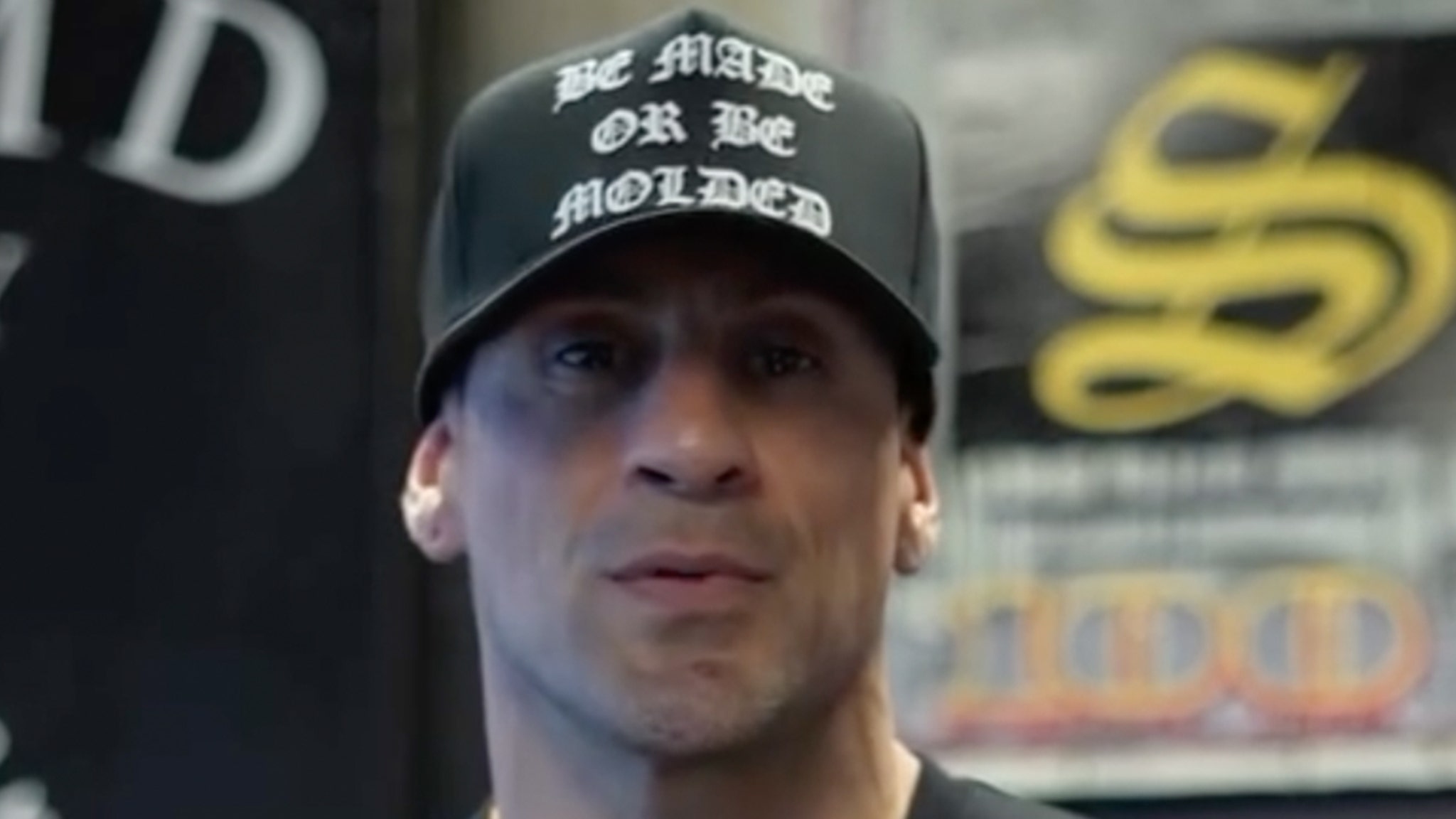World
A World War I veteran is the 1st Tulsa Race Massacre victim to be identified in city’s yearslong investigation

TULSA, Okla. — The city of Tulsa announced it has identified the first Tulsa Race Massacre victim in its yearslong investigation and effort to recover remains from unmarked grave sites.
Forensics experts identified the remains of C.L. Daniel, a World War I U.S. Army Veteran with family ties to Georgia, through DNA, Tulsa Mayor G.T. Bynum announced Friday. He was estimated to be in his 20s at the time of his death.
Daniel had been working in Utah and may have stopped in Tulsa on his way back home to Georgia, officials said. He died sometime during the massacre that began when a white racist mob, including some deputized by authorities, descended on the city’s Greenwood District, also known as Black Wall Street.
The mob burned down homes and businesses, resulting in the deaths of an estimated 75 to 300 Black people.
Watch the Tulsa mayor’s latest announcement into the city’s investigation into the Tulsa Race Massacre grave sites. Video by PBS News
The identification is the first since the city of Tulsa announced the effort in 2018 to identify victims of the massacre, giving families and descendants of each unmarked burial the recognition they never received more than 100 years ago.
Brenda Nails-Alford, a descendant of another Tulsa Race Massacre victim, was in attendance when the mayor and officials with the Intermountain Forensics lab announced their discovery.
“It is a day that has taken forever to come to fruition,” Nails-Alford said. “Today I am thinking of the families and of the community members who lost loved ones who they did not get to memorialize.”
Brenda Nails-Alford, a descendant of a Tulsa Race Massacre victim, spoke at Friday’s news conference. Tulsa Mayor G.T. Bynum, left, announced that researchers identified the first person from an unmarked grave of 1921 Tulsa Race Massacre victims. Photo by Adam Kemp/PBS News
Bynum acknowledged the forensics team and the Tulsa community, which pushed for and financed the investigation more than five years ago.
“His family did not know where he was buried for 103 years until this week,” Bynum said in a news conference Friday. “I hope this generation of Tulsans can appreciate that you helped this family find their relative after he was missing for 103 years.”
Forensic experts from the Salt Lake City-based lab said while the circumstances of Daniel’s death are unknown, his remains did not show any sign of gunshot wounds.
Daniel’s connection to the Tulsa Race Massacre, which destroyed a thriving Black Wall Street and burned down more than 1,000 homes, was confirmed after researchers recovered records from the National Archives. They contained a 1936 letter to the Veterans Administration from the family attorney, on behalf of his mother, asking about his benefits.
“C.L. was killed in a race riot in Tulsa, Oklahoma in 1921,” the letter read.
The next of kin shared a significant portion of their DNA with the remains from Burial Plot 3 in Oaklawn Cemetery, one of the known sites where victims of the massacre were buried following the attack.
Alison Wilde, the genealogy case manager, said her team felt the weight and responsibility in identifying Daniel due to the historic tragedy of the massacre.
“We are continually humbled by the Greenwood and Tulsa Race Massacre descendant communities, as they protect the history of, and serve as guardians of, the unknown victims of the Tulsa Race Massacre,” Wilde said. “Today the family members of Mr. C.L. Daniel join those communities. I am confident his next of kin, and the memory of their loved one, are in good hands.”

A view of Oaklawn Cemetery in Tulsa, Oklahoma, where the remains of C.L. Daniel were discovered. Photo by Adam Kemp/PBS News
Forensic officials say 17 other burial plots are still unidentified in the Oaklawn Cemetery.
Researchers were able to make positive DNA matches using data submitted through online family tree services. Intermountain Forensics was then able to contact several individuals who shared a portion of DNA with the remains found in Burial 3.
The names and identities of the next of kin were not released due to privacy concerns, but the family does not have any connections to Tulsa.
Four sites were identified in the city’s ongoing investigation: Oaklawn Cemetery, Newblock Park, an additional area near Newblock Park, and Rolling Oaks Memorial Gardens, formerly Booker T. Washington Cemetery.
Oklahoma state archaeologist Kary Stackelbeck announced last year that the investigation found 59 graves. Seven sets of remains were also exhumed in that search. The previous three excavations led to 35 exhumed burials. Of those, eight have produced genetic genealogy profiles, according to the city.
The Oklahoma State Supreme Court dismissed a lawsuit of the last two survivors of the massacre in June. The plaintiffs argued that, under Oklahoma’s public nuisance statute, the city’s response to the massacre caused them to “continue to face racially disparate treatment and City-created barriers to basic human needs.” The court ruled that although their claims were legitimate, they did not fall within the scope of the state’s statute. The survivors — Viola Fletcher, 110, and Lessie Benningfield Randle, 109 — have asked the court to reconsider its decision. A third plaintiff in the case, Hughes Van Ellis, died at the age of 102 last year.
The City of Tulsa is working on next steps to memorialize and organize a proper burial for Daniel, based on the wishes of his next of kin. His remains still reside in Oaklawn Cemetery.
“This identification confirms the need to continue our search with the knowledge that identification and reunification is possible,” Bynum said.







/cdn.vox-cdn.com/uploads/chorus_asset/file/25626295/247263_iphone_16_pro_AKrales_0799.jpg)
